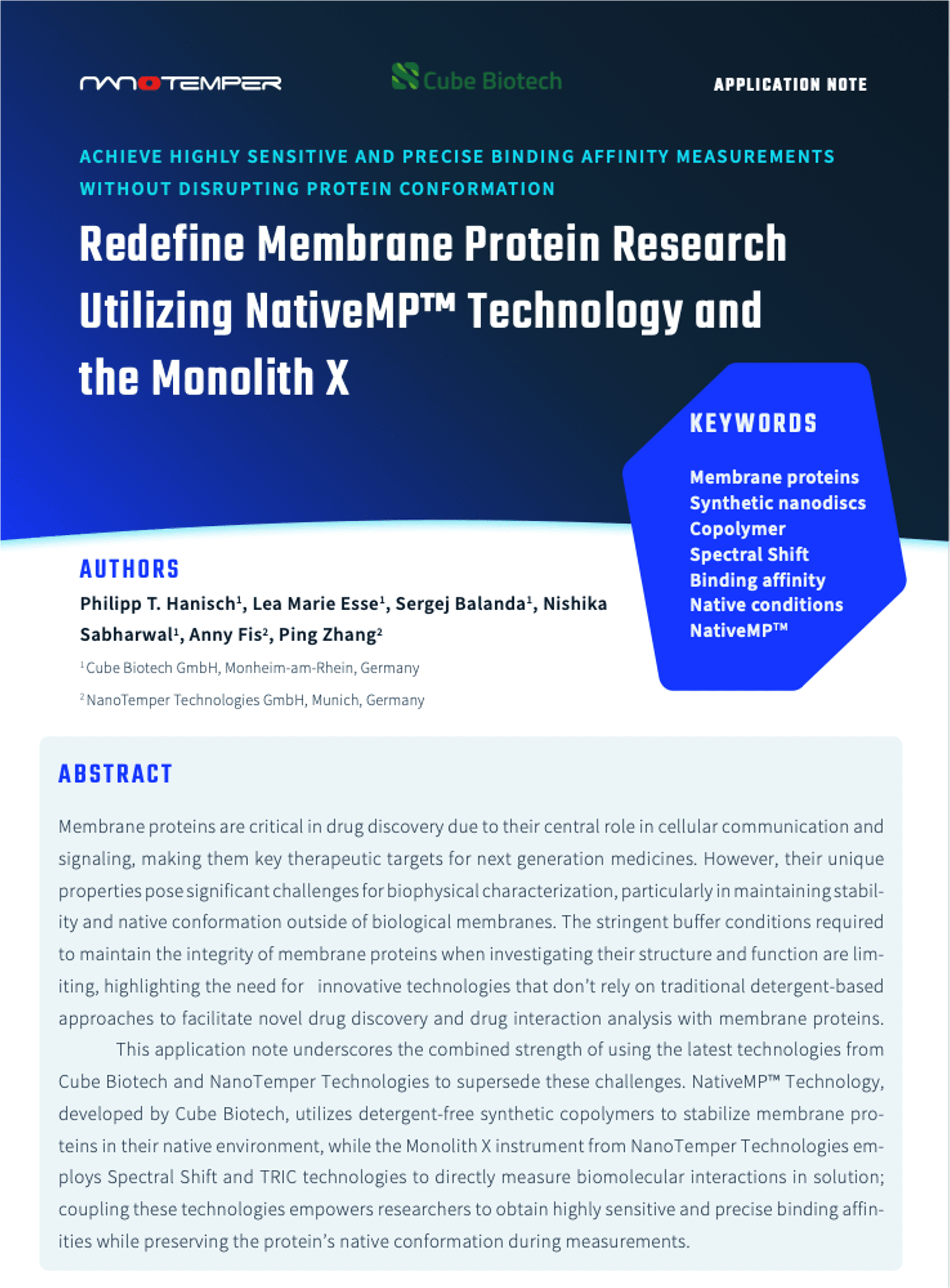
Just as humans talk, dogs bark, and insects produce pheromones, cells have their own communication system. Although they don’t talk as we do, cells use signaling molecules that allow them to detect what’s going on in their surrounding environment, react to it and even pass on the information to other cells.
Cell signaling is an exciting research field that is gaining a lot of visibility due to rapid advances in biophysical methods like MST. Here are 3 examples where MST has been used to uncover mysteries behind this amazing cellular communication system.
1. Deciphering how plants adapt to a fluctuating nutrient supply
Plants have evolved sophisticated strategies to cope with adverse environmental conditions. A clear example is their adaptation to fluctuating soil concentrations of nitrate — an essential nutrient that simultaneously acts as a signaling molecule.
To adapt to the different soil concentrations, plants use an elegant sensing and uptake mechanism in which the nitrate transporter, NRT1.1, switches between high and low-affinity modes. A Nature study using MST and other structural approaches revealed the molecular features behind the dual-affinity of nitrate binding. The results of this research deepened the current understanding of the regulatory mechanisms underlying plant adaptation to varying nutrient resources.
2. Discovery of a novel protein quality control system in the cell nucleus
Things can always go wrong, even in the cell. That’s why cells have efficient protein quality control systems that maintain the health of their proteome to ensure viability. For many years, it was thought that these systems resided exclusively in the cytoplasm and the endoplasmic reticulum. However, a Nature study using MST together with tandem fluorescent protein timers revealed that the nucleus is also an important compartment for protein quality control. In this paper, the researchers describe a novel pathway that’s involved in the degradation of mislocalized membrane proteins to the nuclear membrane, thereby safeguarding the identity and maintaining the function of the nuclear compartment.
3. Elucidating the secrets behind aquaporin trafficking in the cell
Every day our kidneys filter through all the blood in our body to remove toxins and other substances. This leads to the production of about 170 L of primary urine (glomerular filtrate) per day, which later becomes urine. About 99% of this enormous volume of liquid can still be used and thus, is reabsorbed by water channels in kidney cells, known as aquaporins (AQPs).
AQP2, in particular, can be found in intracellular vesicles under resting conditions. However, when water needs to be reabsorbed, AQP2 molecules move to the plasma membrane allowing an increased water uptake from urine and are then internalized back again through endocytosis.
A recent study published in The Journal of Biological Chemistry used MST to elucidate the molecular mechanisms behind the translocation of AQP2 between these cellular compartments. It demonstrated that the basis of AQP2 movement is governed by altered affinities to interacting proteins as a result of post-translational modifications.
These 3 examples are just the tip of the iceberg and don’t begin to fully capture the potential MST has to revolutionize the cell signaling field. There are still many more applications to come.











